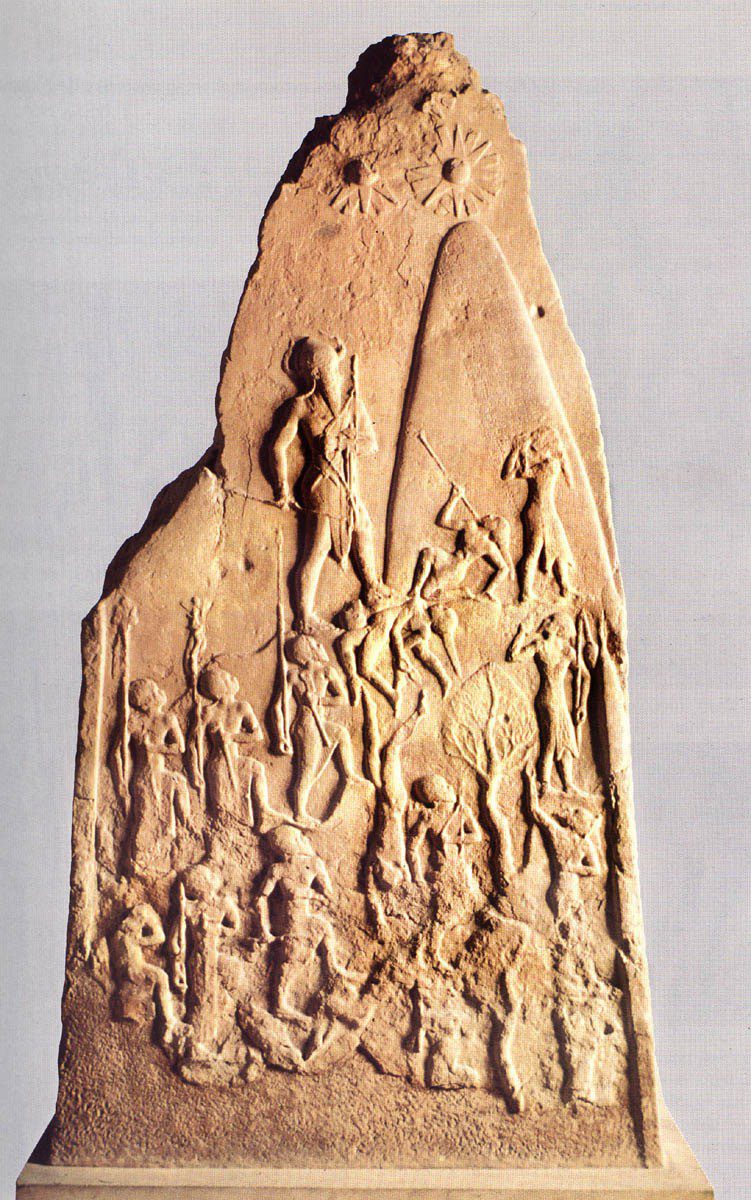
Charismatic Rulers and Spatial Void in a Material World: Art from the Akkadian Empire, c. 2350-2150 BCE
Johns Hopkins University Marian Feldman
March 21, 2022 · 4:30 pm—6:00 pm · Green Hall 3-S-15
Archaeological Institute of America (AIA) and the Program in Archaeology , Ettinghausen Lecture

Akkadian art is heralded as an innovative breakthrough in large part due to its ostensibly naturalistic renderings, such as the sculptural plasticity of figural forms and the appearance of landscape-like elements seen for example on the victory stele of Naram-Sin. If we no longer assume that the pursuit of spatial illusionism guides Mesopotamian artistic production, we must ask how we should understand the radical artistic shift that occurs during the Akkadian period. Our own fascination with spatial illusionism, borne from centuries of perspectivism and the standard of Italian Renaissance artistic production, celebrates these Akkadian art works without examining their original motivating factors, nor carefully analyzing their formal characteristics. In fact, spatial illusionism is rarely evident, and instead, the emphasis can be seen to be on the corporeal existence of physical things on their own, which I connect to new, totalizing powers claimed by the Akkadian kings in their territorial unification of the southern Mesopotamian city-states. Visual analysis of Akkadian art demonstrates a singular attention to the bringing into being of material things (both animate and inanimate), but a decided absence of attention to relationships among these entities within spatial settings.















